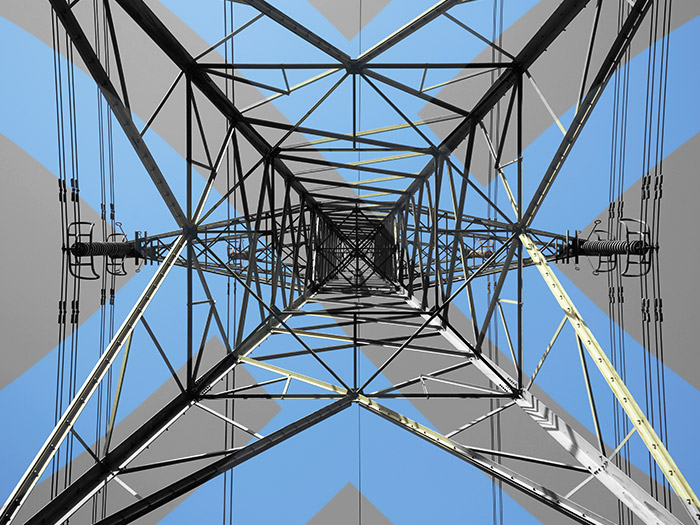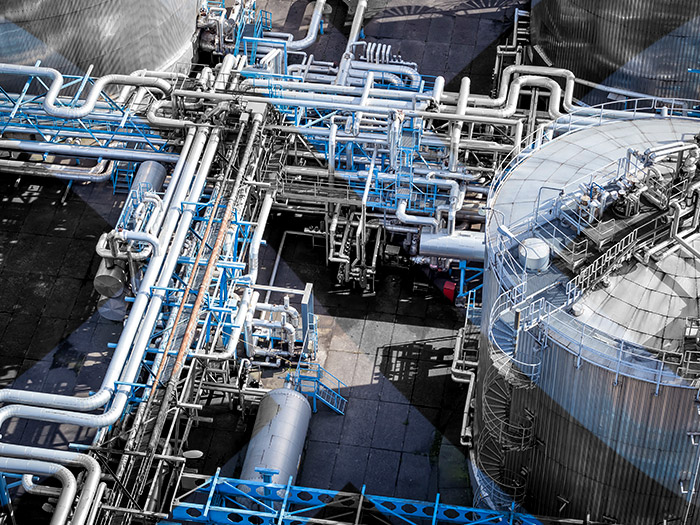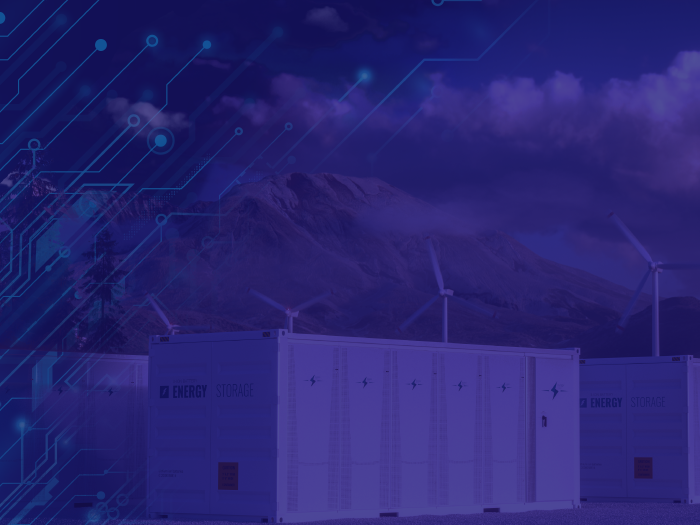News
better business decisions
Posted 4 years ago | 4 minute read

Technology—the vehicle for the energy transition
As we stride towards a carbon-free future, we’re seeing a global increase in the use of renewable energies and diminishing reliance on coal and gas.
There are a number of drivers behind this energy transition, from political pressure to economic benefits. Technology, however, is perhaps the most critical. Renewable energy is, afterall, an unreliable energy source. No matter how cost effective or environmentally urgent it is to switch to wind and solar power, without advanced technology to balance it, the energy transition would be impossible.
The importance of digitalisation
Most of the drivers behind the energy transition can be distilled down into three main pillars; decarbonisation, decentralisation and digitalisation, also known as the 3 Ds. In the 70s to 90s, there were only a handful of large plants that managed an entire country or state’s requirements, and they relied upon each other to cover stress events.
As part of the energy transition, however, the market is increasingly decentralised. With that comes a far greater need for next-generation technology to manage the relationships between a widely distributed network.
As renewable energy is far more intermittent than carbon fuels, tech is also essential to balancing the supply and demand of these sources. From automation to AI, new tech has facilitated a global shift away from heavy industry to service-based energy market.
Too complex for the human brain
Managing demand and supply across multiple locations from thousands of generators is incredibly hard for the human brain. With intermittent renewable sources, predicting stress events whilst managing peaks and troughs is impossible.
With artificial intelligence, however, large energy users can fully control their energy assets and generation, improve their production processes and predict and prevent system failures.
“Technology is essential to balancing renewable energy activities. Not only does Demand Response ensure the system stays secure and always maintains supply, it’s a way of allowing us to put more renewables back into the system. The energy market becomes more cyclical for businesses and suppliers; instead of a one-way street you end up at a roundabout.”
Wayne Muncaster, VP North America at GridBeyond
Smarter data analysis
Optimising and balancing energy production and usage requires high volumes of data. By consolidating this data across a number of sources into one platform, machine learning establishes the best way to use energy both on a business’ site and within the energy market. This includes asset optimisation, price optimisation and demand side response.
Such technologies support the energy transition by driving renewable energy systems towards a cleaner, safer, more flexible electricity grid.
Electrification requires battery storage
The energy transition is mostly about addressing climate change, but also about moving primary fuel supplies away from carbon-based fuels, and encouraging more widespread electrification. In 2018, there was a 4% rise in global electricity demand, the largest yearly increase since 2010. Renewables met 45% of the increase.
Battery technology is essential in this landscape. It goes hand in hand with the technology we find in electric cars and mainstream use of decentralised energy such as solar panels and wind power.
Battery technology is the gateway to Demand Side Response schemes. This tech is gaining popularity with companies looking to strengthen their operations through energy resilience, reduce energy costs at peak times and improve their green credentials.
So, whilst there are a number of factors behind the energy transition, none would be relevant without advanced technologies. Tech is fundamental to managing the relationship between generators, balancing the supply and demand of renewable energy, consolidating essential data sources and harnessing electricity.
GridBeyond’s hybrid battery and demand network make the energy transition possible by providing holistic technology, intelligent energy services and flexible solutions. By managing electricity consumption on large industrial and commercial sites, GridBeyond are integrating more renewables onto the electricity grid for a cleaner, greener future.






